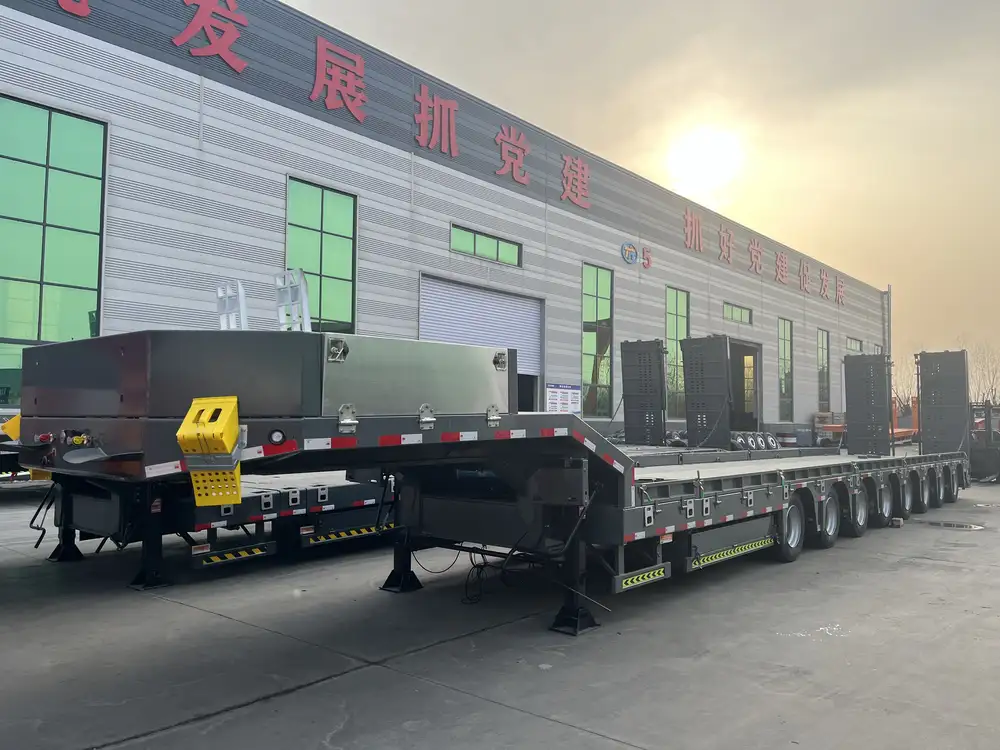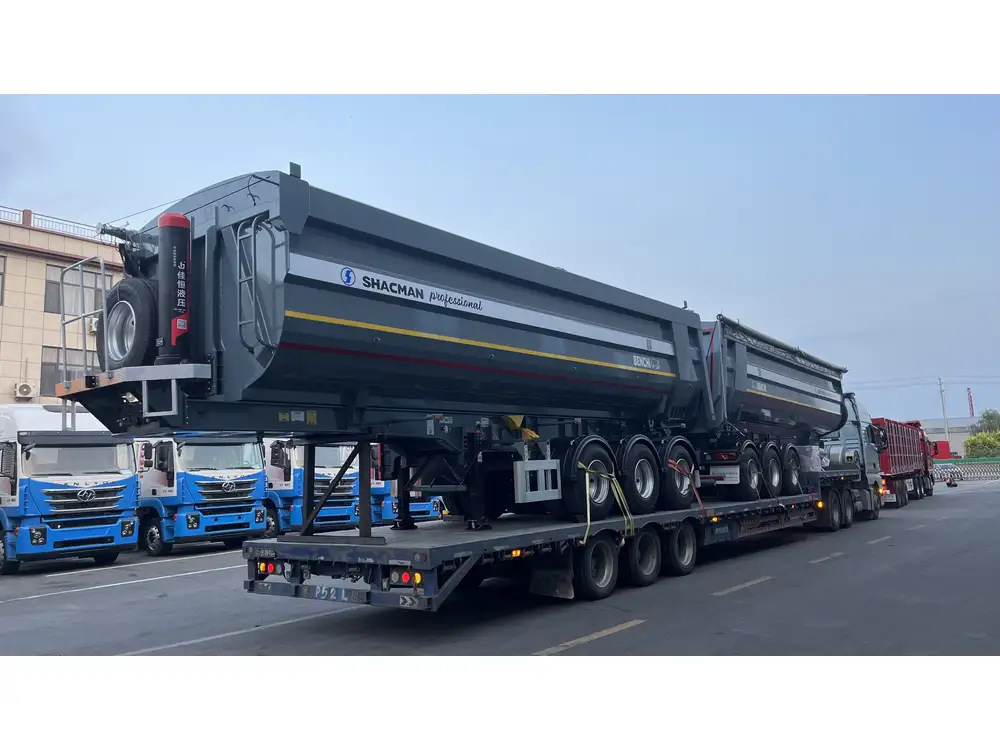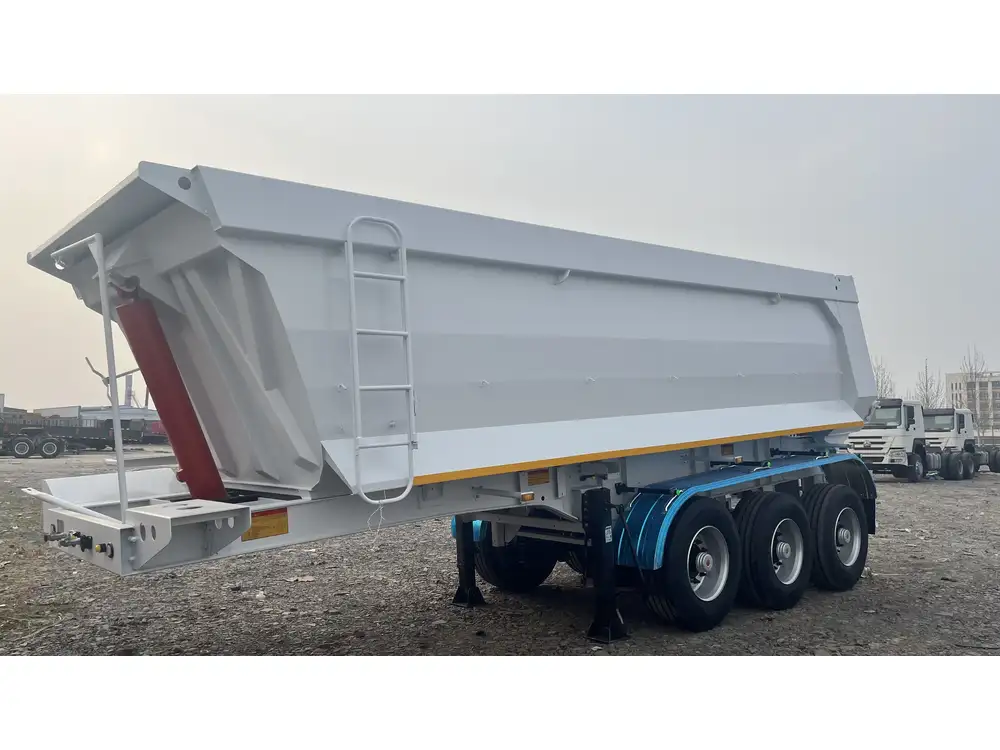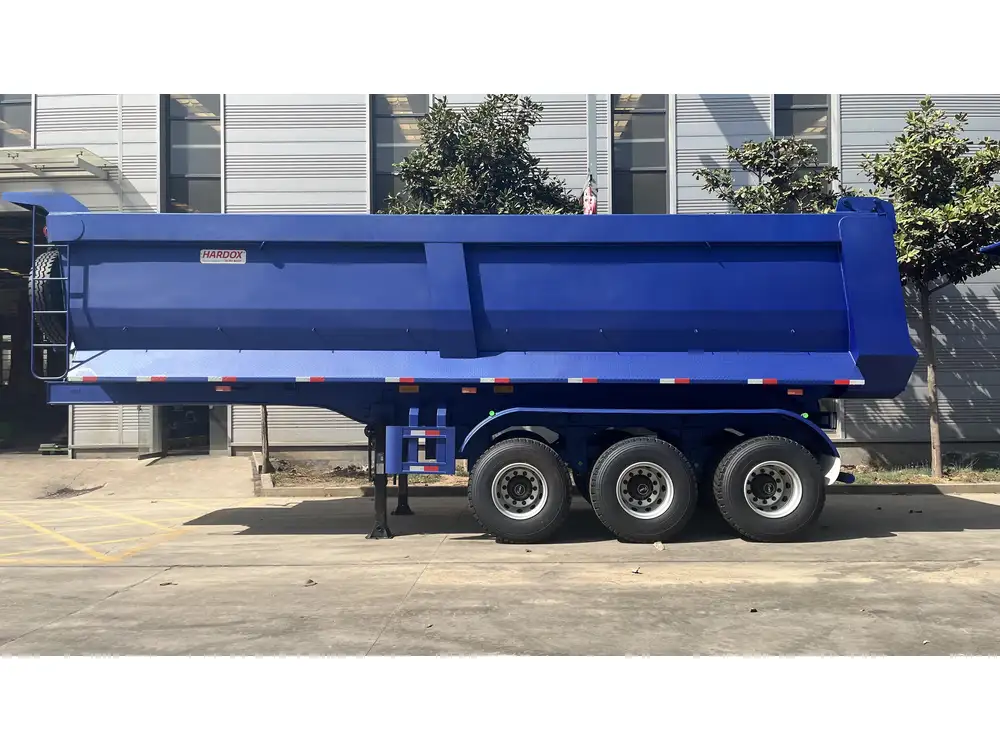Parking a semi-trailer is a complex task that requires skill, precision, and an understanding of various techniques to ensure safety for the driver, the vehicle, and the surrounding environment. This guide will dissect the intricacies of effectively parking a semi-trailer, addressing common issues, and providing solutions to enhance your parking prowess.
Understanding the Dimensions and Limitations of Your Semi-Trailer
Know Your Vehicle Dimensions
Before diving into parking techniques, it’s crucial to understand the specifications of your semi-trailer. Common dimensions include:
| Dimension Type | Measurement |
|---|---|
| Length | 48-53 feet |
| Height | 13.5 feet |
| Width | 8.5 feet |
| Weight (Max Gross) | 80,000 pounds |

Importance of Awareness
Knowing these dimensions assists in maneuvering and parking in tight spaces. Awareness also plays a critical role in complying with legal and safety regulations.
Assessing Vehicle Capabilities
Have you considered your vehicle’s turning radius and visibility? Most semi-trailers have a significant turning radius and blind spots, thus impacting parking behavior. Evaluate your specific vehicle’s manual for detailed specifications.
Preparing for Parking: Site Assessment

Space Evaluation
Before parking, conduct a thorough assessment of the parking space. Key factors include:
- Width of the Alley or Lane: Ensure there is enough space for the trailer to swing.
- Surface Condition: Look for stable ground. Avoid soft or uneven surfaces where your trailer might sink or become stuck.
- Obstacles: Identify any barriers—such as signs, trees, or other vehicles—that could impede your parking attempt.
Utilizing Mirrors and Cameras
Maximize your awareness by using mirrors and rear-view cameras. Mirrors should be adjusted to minimize blind spots, giving a broader view of the surrounding area. Cameras can provide a rear view, guiding maneuvering into tight spots.
Step-by-Step Guide to Parking a Semi-Trailer

1. Choose Your Approach
Straight Backing vs. Angled Parking
Consider the type of parking you’ll be doing. Straight-back parking is typically easier but may not always be feasible. Angled parking, commonly used in dock areas, requires more skill but can be done smoothly with practice.
2. Signal Your Intentions
Use appropriate signaling to alert surrounding vehicles of your intent to park. This can help prevent accidents and ensure that onlookers are aware of your maneuver.

3. Execute the Maneuver
Backing In
- Align Your Vehicle: Position your truck parallel to the area you’ll be parking in.
- Use Your Mirrors: Continuously check mirrors as you begin to back up.
- Turn the Wheel: When the trailer begins to swing, turn the steering wheel towards the direction you want the back of the trailer to go.
- Reassess: Adjust your path as needed. Don’t hesitate to stop, reposition, and start over if necessary.
Pulling In
- Position Yourself: Approach the parking space head-on, using your mirrors to guide you.
- Align: Ensure that you are centered within the space as much as possible.
- Straighten Out: Once you can see you are within the bounds of the space, straighten the wheel and move forward.

4. Adjusting After Initial Entry
If you notice your trailer is not positioned correctly, use pull-ups. A pull-up involves moving forward slightly, allowing you to realign your trailer more accurately.
5. Final Steps
Once in the desired location:
- Secure the Trailer: Apply the parking brake.
- Exit the Vehicle Safely: Ensure you check for any oncoming traffic before exiting.
Common Challenges and Solutions in Semi-Trailer Parking

Limited Space
Challenge: Many parking locations can present cramped conditions.
Solution: Opt for a more open area where space allows for greater maneuverability. Practice backing techniques in less restrictive environments to build confidence.
Uneven Ground
Challenge: Parking on gravel or uneven surfaces can destabilize your trailer.
Solution: Always seek out level ground. If unavoidable, take extra caution when exiting to ensure you have adequate grip and do not roll.
Tight Corners
Challenge: Negotiating tight corners can lead to damage or the inconvenience of getting stuck.
Solution: Utilize ‘sight-side’ and ‘blind-side’ maneuvering strategies.
- Sight Side: Try to back towards the driver’s side, enhancing visibility.
- Blind Side: Requires additional caution; engage mirrors and adjust accordingly.

Inclement Weather
Challenge: Rain, snow, or ice can drastically affect maneuverability.
Solution: Reduce speed and increase road awareness. Always perform a thorough check of your surroundings as visibility and traction diminish.
Tips for Enhancing Parking Skills
- Practice Makes Perfect: Regularly practice parking techniques in various environments and conditions.
- Seek Feedback: If possible, consult with experienced drivers. They can provide valuable tips based on their experiences.
- Invest in Training: Consider professional training programs that offer hands-on experience with specialized parking techniques.
Conclusion
Mastering the art of parking a semi-trailer is a skill that combines the understanding of your vehicle, environmental context, and precise maneuvering techniques. Remember, evaluation and preparation are key elements in ensuring successful parking. Utilize the steps outlined in this comprehensive guide to navigate the challenges of parking your semi-trailer effectively. Engage in regular practice, maintain awareness of your surroundings, and utilize the tools at your disposal for safer parking experiences. Developing these skills will not only enhance your efficiency but create safer conditions for all road users.



